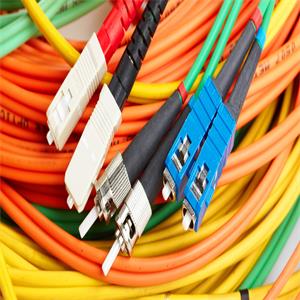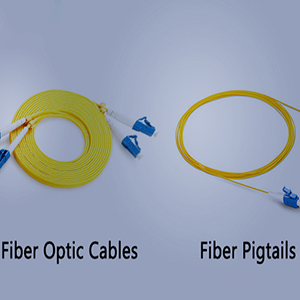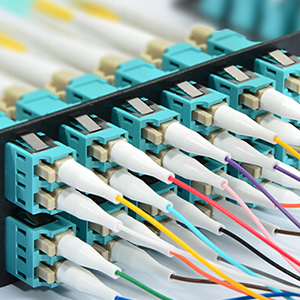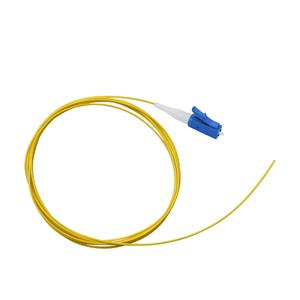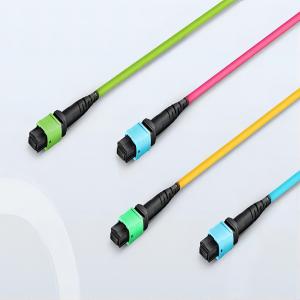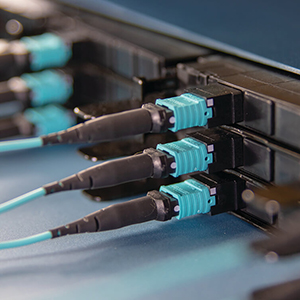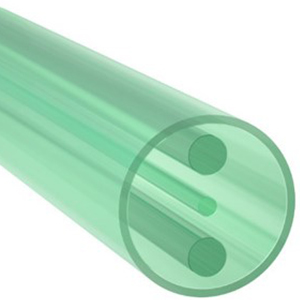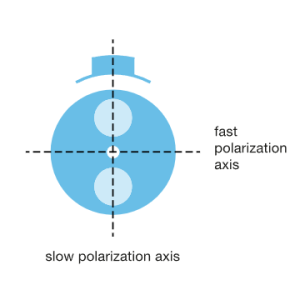The advancement of fiber optic communication technology, especially the advancement of 5G networks, FTTX (Fiber to the Home) and the Internet of Things (IoT), has significantly promoted the development and demand growth of global fiber optic networks. In this context, multi-core fiber patch cords, such as MTP/MPO types, have become the preferred solution for high-density data center cabling due to their ability to improve network stability and maintainability. In order to ensure that these high-performance cabling systems can achieve the expected results, it is particularly important to conduct comprehensive performance testing of MTP/MPO cables. This article aims to elaborate on the technical specifications of MTP/MPO fiber optic cables and the corresponding testing procedures in detail to ensure the optimized operation of network systems.
Standards Compliance
Fiber optic industry standards are constantly evolving, setting specific standards for fiber types (OM3, OM4, OS2, etc), cable types (fire retardance, bend resistance, etc), connectors (LC, MPO/MTP), optical safety, and other aspects. Before testing, it is necessary to determine the standards to be followed for fiber optic cables, which facilitates performance measurement of cables by comparison. The following are well-known standards bodies that can guide testing MTP/MPO fiber optic patch cords.
IEC is a global standards organization that has established recognized international standards for fiber geometry, attenuation, macro bending loss, and chromatic dispersion.
TIA/EIA has developed significant national stands for fiber optic test networks and equipment, such as fiber installation certification requirements for length, polarity, and link loss.
Besides, specifications for MTP/MPO patch cords can be used as a reference for test results. For example, here are the USConec specifications for MPO connectors, which can be used to measure the performance of the tested connectors.
| Ferrule Type | Random Mated Attenuation1 (≥ 97%) (dB) | Mean Random Mated Attenuation (dB) | Return Loss (dB) |
|---|---|---|---|
| Single mode Elite® | ≤0.25 | ≤0.12 | ≥60 |
| Single mode | ≤0.50 | ≤0.25 | ≥60 |
| Multimode Elite® | ≤0.25 | ≤0.12 | ≥25 |
| Multimode | ≤0.45 | ≤0.20 | ≥25 |
MTP/MPO Cable Testing Best Practices
Testing MTP/MPO fiber cables makes a significant contribution to the performance, reliability, and manageability of the cabling system. Following these basic MTP/MPO patch cord testing best practices will result in more reliable and efficient network deployments.
Inspection and Cleaning
The importance of cleanliness in fiber testing cannot be overemphasized. MTP/MPO connectors are very sensitive to dirt and contamination, requiring rigorous inspection and cleaning before testing.
Essential is a high-quality microscope to check the connectors and components. If the MTP/MPO connectors are dirty, clean them with dry cleaning tools first, such as a cassette cleaner and an MTP/MPO pen cleaner. If they are still not clean, a followed wet cleaning procedure with cleaning wipes or foam swabs can be used to ensure no residue is left on the endface.
Inspection and cleaning need to be performed on both ends, every time MTP/MPO cables are connected.
Fiber Continuity Testing
The fiber continuity of MTP/MPO cables can be tested with a visual fault locator. It is a visible laser that delivers visible light into the fiber, enabling fiber identification from one end to the other end. The light source emitted by the visual fault locator can be used to identify and locate fiber link faults during testing, such as fiber bends, breaks, and faulty connections.
When using a visual fault locator for fiber continuity testing, eye protection needs to be emphasized. Because of the high-intensity laser light source, neither the light source nor the fiber core can be directly seen with naked eyes.
Optical Light Source and Optical Power Meter
An optical light source is one of the most essential tools for technicians to install or maintain fiber optic networks. An optical power meter (OPM) is a test instrument used to accurately measure the power of fiber optic equipment or the power of optical signals passing through a fiber optic cable. The use of an optical light source and an optical power meter is a good MTP/MPO fiber optic cable testing practice to quantify the insertion loss of the link and ensure an applicable optical power budget.
When selecting an optical power meter for testing MTP/MPO assemblies, current and future requirements need to be considered. Choosing the wrong OPM may reduce accuracy and limit scalability if the OPM cannot accommodate larger channel counts. The spacing between the outermost fibers is the key to the matter. For 12/24 fiber MPOs, this distance is 2.75 mm, while for 16/32 fibers, this distance is 3.75 mm. An optical power meter needs to be selected according to the spacing.
OTDR Testing
OTDR can detect, locate, and measure events on fiber optic links and can be used for MTP/MPO cable characterization, certification, and troubleshooting. It simplifies and streamlines the testing of MTP/MPO cables. Simply connect one end of the fiber, and the OTDR can calculate fiber attenuation, uniformity, splice, and connector loss, providing technicians with a pictorial record of signal features.

Final Thought
With the continuous emergence of new technologies and new applications, the demand for MTP/MPO optical cables has shown a significant growth. As the core link in evaluating the performance of optical cables, the importance of MTP/MPO optical cable testing cannot be ignored. The continuous advancement of technology indicates that the methods and equipment for optical fiber testing will undergo continuous optimization and upgrading. Looking to the future, we can foresee the emergence of more efficient and accurate MTP/MPO patch cord testing technology.

